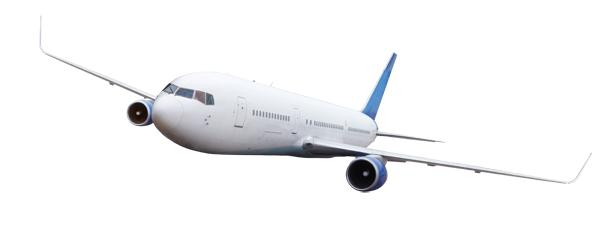Reducing aircraft weight is an ongoing process with the airlines. Examples of how some airlines reduce weight from magazine articles..
An airline has estimated that losing a pound (0.45kg) in weight from every plane in its fleet would save 53,000 litres of fuel a year, adding up to tens of thousands of dollars.
With some planes burning up to a gallon of fuel every second, and fuel cost accounting for 21 cents in every dollar spent by airlines (a figure set to rise ), lightening the load is an easy way to tighten the belt.
Some attempts to reduce weight are more sensible than others. Virgin Atlantic, for example, made its glassware thinner and removed some of its heavy, slate plates from upper class.
The carrier also changed its chocolate and sweet offerings to lighter versions, redesigned its meal trays (which in turn meant planes were able to carry fewer dining carts), and altered its beverage offering for night flights, when fewer people drink.
Qantas lost weight as part of its preparations to fly non-stop between Perth and London, New crockery, glassware, cutlery, and linen on board was reduced in weight by 11 per cent.
It also reduced the weight of its trolley carts for international flights to just 18kg, a reduction of 7kg. After these new items are rolled out to other aircraft, the airline expects to save 535,000 kg per year on fuel.
British Airways, which has a dedicated fuel efficiency team, has also reduced the weight of its catering equipment, as well as printing its in-flight magazine on lighter paper.
United did the same to its magazine saving 28 grams per copy and $US300,000 ($417,000) a year.
Flex-e-Products can support the airlines in weight reduction.
Waste carts contain a bin that can weigh up to 8Kgs depending on the airline.
Onboardlogistics cooperated with Korita in removing the bin from the trolley, A set of rungs were installed at the top of trolley to hold the Flex-e-Bag in position removing the bin.
Some airlines deliver a disposable service with half or full-size trolleys. These trolleys are then parked in the galley and a waste trolley is used to collect waste.
In a weight reduction environment using two trolleys to deliver makes no sense.
Using Flex-e-Bag and or Flex-e-Drawer to deliver the disposable service from the trolley and then use the same cart to collect the waste.
You are now saving the weight of a waste cart or carts averaging 16Kg each.
Apart from the weight saving you now create galley space for revenue generating products (e.g., pre order meals or pre order retail sales.)

